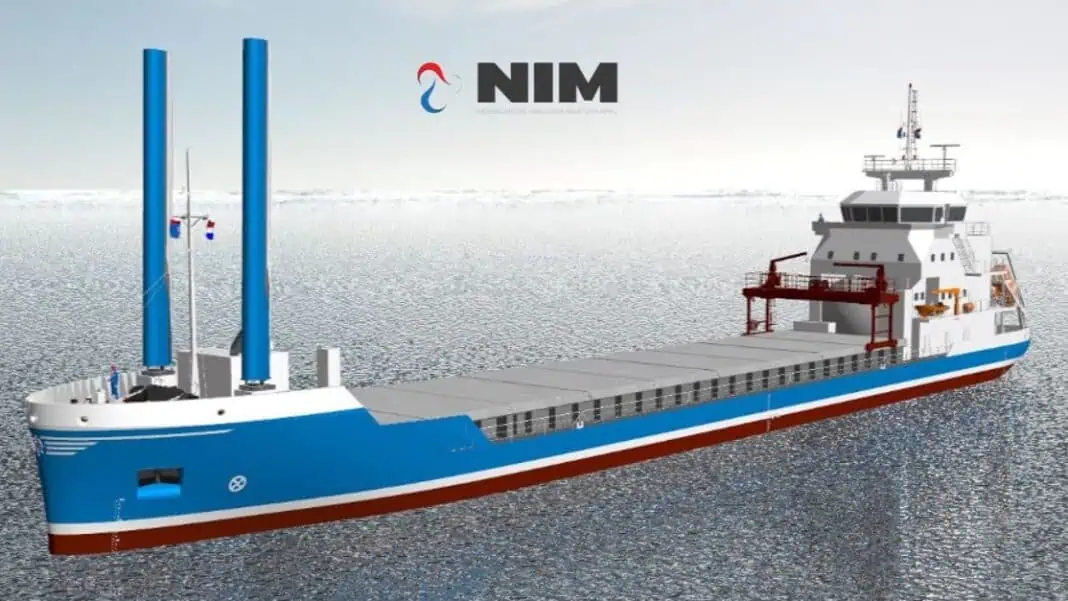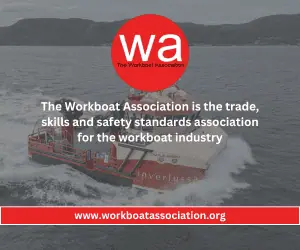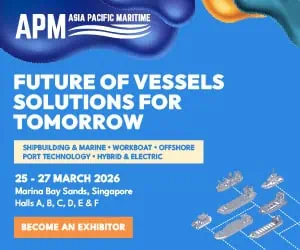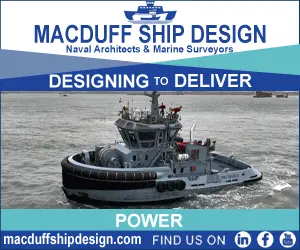The maritime industry is embarking on a transformative journey with the official launch of the H2ESTIA Project, an ambitious initiative to develop the world’s first zero-emission general cargo vessel powered by liquid hydrogen. Spearheaded by the Dutch Innovation Company Nederlandse Innovatie Maatschappij (NIM) with support from the Dutch Ministry of Infrastructure and Water Management (Ministerie van Infrastructuur en Waterstaat.), this pioneering project represents a quantum leap in sustainable shipping and a cornerstone of the European Maritime Masterplan.
The project focuses on designing, constructing, and demonstrating a hydrogen-powered cargo vessel that will operate in the North Sea and beyond. Managed by Van Dam Shipping, the ship is designed to transport bulk goods, eliminating harmful emissions and redefining the future of sustainable shipping.
At the heart of the H2ESTIA Project is its integrated approach to hydrogen powered propulsion. The vessel will be equipped with a newly designed cryogenic hydrogen storage and bunkering system, enabling safe handling and storage of liquid hydrogen at extremely low temperatures. A hydrogen fuel cell system together with batteries will provide primary propulsion, delivering clean power. To further enhance energy efficiency, the ship will incorporate wind-assisted propulsion and waste heat recovery solutions, reducing hydrogen consumption. Digital twin technology will create a virtual model of the ship, allowing for real-time monitoring, operational optimization, and enhanced safety measures.
According to Roosjen, CTO at NIM, “H2ESTIA is a flagship project for commercial shipping. By integrating hydrogen technology with digital innovation, we are proving that zero-emission shipping is not just a vision—it is an achievable reality.”
The project is set to demonstrate technological readiness and economic viability, ensuring such vessels can be commercially deployed. It also addresses major challenges such as the certification of hydrogen systems, risk management, and crew training, paving the way for the safe integration of hydrogen technology into maritime operations.
Jan van Dam, CEO, Van Dam Shipping, “Parallel to the H2ESTIA Project, we are working on securing the supply, as well as the necessary bunkering and logistics. This is a combined effort, as a single ship alone does not generate sufficient demand. Collaboration at this stage is what transforms our ambitions into reality.”
The H2ESTIA Project led by Nederlandse Innovatie Maatschappij is supported by a consortium of leading maritime and technology firms, TNO, MARIN, the University of Twente, Cryovat, EnginX, Encontech, classification society RINA and the Dutch Ministry of Infrastructure and Water Management













